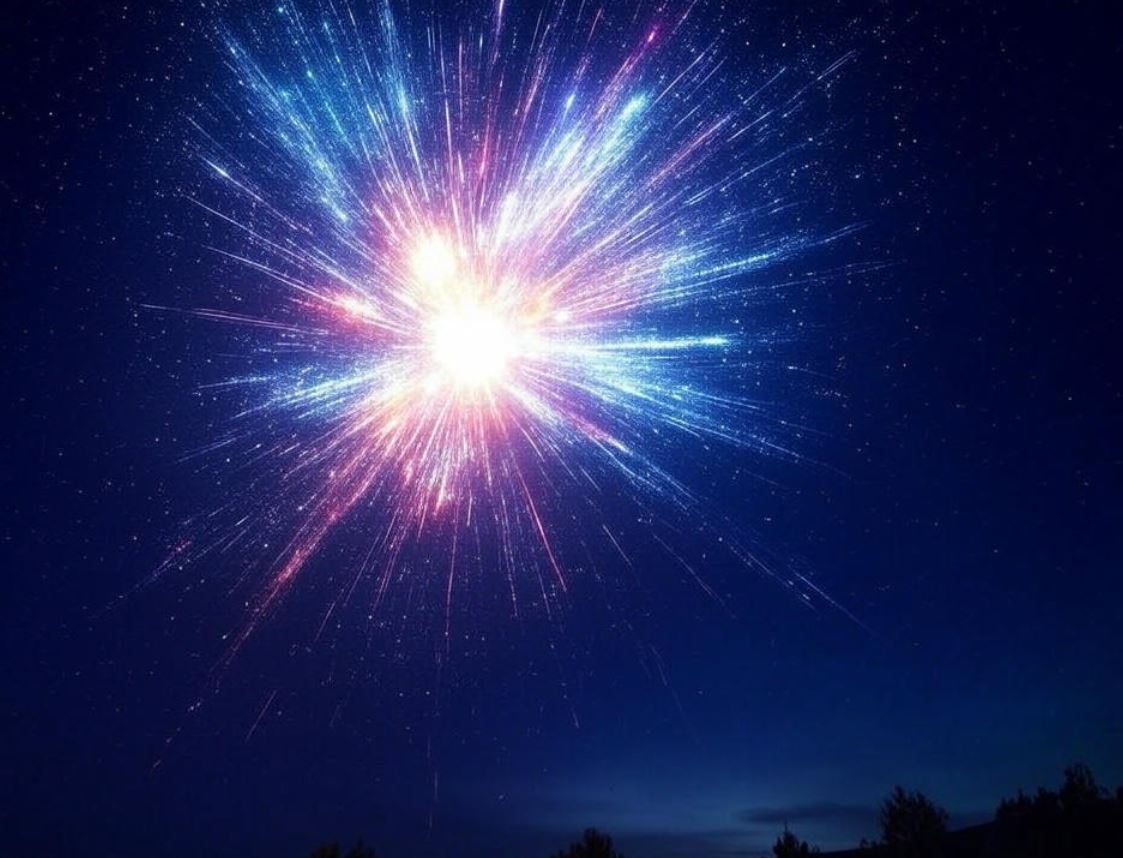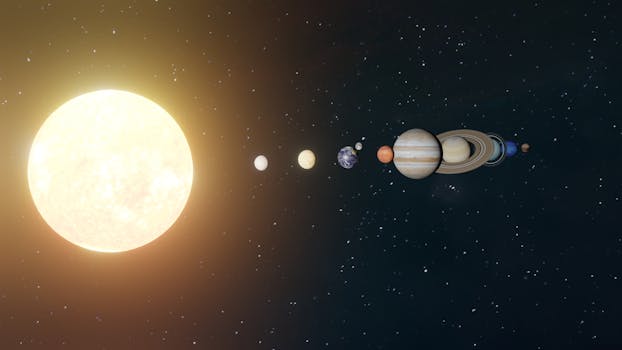The universe is full of surprises, and this week, it might just have a dazzling one in store for us. According to a recent article by Vice, astronomers are buzzing with excitement over the possibility of a star going supernova—an explosive event that could light up the night sky in a way we haven’t seen in years. If you’re a stargazer, a science enthusiast, or just someone who loves a good celestial show, here’s everything you need to know about this potential cosmic fireworks display and how you can catch it.
What’s Happening in the Sky?
The star in question is part of a binary system called T Coronae Borealis (T CrB), located about 3,000 light-years from Earth in the constellation Corona Borealis, or the “Northern Crown.” This isn’t your average star—it’s a recurrent nova, a rare type of stellar system that erupts every few decades. T CrB last went nova in 1946, and astronomers predict it could blow again any day now, possibly this week. When it does, it’ll briefly shine as bright as the North Star, Polaris, making it visible to the naked eye even in areas with moderate light pollution.
A nova isn’t quite the same as a supernova, though. While a supernova marks the explosive death of a massive star, a nova occurs in a binary system where a white dwarf siphons material from a companion star. Once enough hydrogen builds up on the white dwarf’s surface, it triggers a thermonuclear explosion. The result? A sudden, dramatic increase in brightness that can last for days or weeks before fading away. T CrB’s recurring nature makes it a special treat—unlike one-off supernovae, it gives us multiple chances to witness the drama.
Why This Matters
If T CrB does erupt, it’ll be more than just a pretty sight. It’s a chance to connect with the vastness of the universe from your own backyard. For astronomers, it’s an opportunity to study a nova in real-time, gathering data that could deepen our understanding of stellar evolution and binary systems. For the rest of us, it’s a reminder of how dynamic and alive the cosmos is—stars aren’t just static dots in the sky; they’re born, they live, and sometimes, they explode.
The timing couldn’t be better, either. As of today, March 28, 2025, we’re on the cusp of this potential event. While predictions aren’t exact—nature doesn’t run on a strict schedule—the anticipation is building, and the window for this eruption could be closing soon.
How to See It
Ready to catch the show? You don’t need a telescope or fancy equipment, though binoculars or a small scope will enhance the experience. Here’s your step-by-step guide:
- Find Corona Borealis: This constellation is a small, semicircular arc of stars between Hercules and Boötes. Look to the northeast after sunset. If you’re not sure where to start, use a stargazing app like Stellarium or SkySafari to pinpoint it.
- Spot the Brightening Star: Normally, T CrB is too faint to see without aid (around magnitude 10), but during a nova, it could jump to magnitude 2—bright enough to stand out. Compare it to nearby stars like Arcturus (in Boötes) or Vega (in Lyra) to gauge its glow.
- Timing is Key: Check astronomy updates daily, as the eruption could happen anytime. Once it starts, the peak brightness might last only a few days, so don’t wait too long.
- Pick Your Spot: Head to a location with minimal light pollution if possible. Even a suburban backyard can work, but the darker the sky, the better the view.
- Weather Check: Keep an eye on the forecast—clear skies are a must.
What to Expect
When T CrB goes nova, it won’t be a Hollywood-style explosion with sound effects and debris raining down. Instead, you’ll see a “new” star appear in the sky, shining steadily for a while before gradually dimming. It’s a quiet, awe-inspiring moment—a chance to witness a process that’s been unfolding for millennia, finally reaching us across the vastness of space.
A Cosmic Connection
Events like this don’t come around often. The last time T CrB erupted, it was 1946—before most of us were born. If it happens this week, it’ll be a shared experience for millions, a rare moment when humanity looks up together. So grab a blanket, invite some friends, and keep your eyes on the sky. Whether you’re an amateur astronomer or just curious, this could be your chance to see the universe put on a show.




